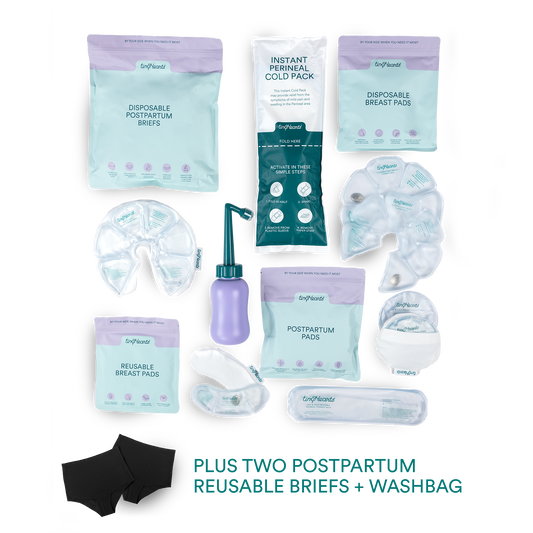Want to ensure you know the best way to handle a bump on child’s head? You’re in the right place. As parents, we love to see our little ones being curious and active, exploring their surroundings with boundless energy. Inevitably, we’ll also see the odd tumble—which can lead to bruises and forehead bumps.
While most bumps on head are minor and easily managed at home, some bumps in forehead can be more serious and require medical attention. Understanding when to worry and how to act can make a significant difference in ensuring your little one’s well being.
This guide will help you assess the situation, recognise the signs of severe head injuries, provide appropriate care—and answer common questions: How to get rid of a bump on forehead? And should you put ice on a bump on the head? Let’s dive in.
Bump on Child’s Head: Assessing the Situation
It’s natural to feel alarmed if your child has a fall and begins to develop a big bump on their forehead, but it’s important to stay calm, and not panic or jump to the worst-case scenario. Instead, take a breath and carefully assess the severity of the bump on the child's head. Consider factors like:
- What happened when they were injured?
- How are they behaving now? Are they still alert and responsive, or unusually drowsy, disorientated or unresponsive?
- Are there visible signs of injury—such as cuts, bruises or swelling? Note: a big bump on the forehead after hitting head may look alarming, but is often less serious than it appears.
Encourage your child to sit down and rest while you conduct a quick physical examination—they’ll take their cues from you, so it’s important to stay calm. Look for immediate signs of distress such as major bleeding or if your child is particularly disoriented or confused. Remember, parents—most of these incidents are mild and will improve with a gel pack, reassurance and lots of hugs.
Factors That Influence How Serious the Bump on Child’s Head Is
If you’re noticing a huge bump on the forehead and want to determine the severity of the injury, there are a few factors to consider:
Categories for Head Injuries
Understanding the different categories of head injuries can help you assess the severity of a bump on your child’s head and determine the right course of action.
Mild Head Injury
Most bumps on a child’s head are due to mild head injuries. Symptoms include:
- An altered but conscious state
- Remaining alert
- May cry or vomit once
- A bump, swelling, or bruising
To treat a mild head injury, apply a cool compress for 10 minutes to reduce swelling and continue to monitor your child for signs of a severe head injury for at least four hours.
Moderate to Severe Head Injury
Symptoms that present straight after a bump on your child’s head can indicate the severity of the injury. Watch for signs like:
- Loss of consciousness
- Drowsiness or difficulty waking up
- Not responding normally to you
- Not crying after the incident
- Appearing confused, dazed or disorientated
- Memory loss
- Seizure
- Bleeding from the nose or ears
- Unequal pupil size
- Vomiting more than once
- Severe or persistent headache
- Sensitivity to noise
If your child exhibits any of these symptoms, call 000 or go to the emergency department immediately. While you’re waiting for help to arrive:
- Provide lots of reassurance and keep your child calm and distracted if they are conscious
- Apply a cold compress to reduce swelling
- Apply direct pressure to manage any bleeding
- Monitor your child’s airways and breathing
- Keep them still if a neck injury is possible
Conclusion
As our little ones grow and explore the world, it’s crucial to know how to assess and manage any injuries they may incur. In most cases, a bump on a child’s head will be minor and managed with simple first aid and plenty of comfort. However, recognising the signs of a more serious injury and seeking prompt medical attention can ensure your child receives the care they need.
If you want to gain more confidence in handling childhood injuries, resources like our Online Baby & Child First Aid Course will walk you through everything you need to know. You can also stock your home with first aid equipment including cool packs, a resuscitation mask, first aid handbook, medication tracker, and more.
If you have any questions or need additional information, feel free to contact us. Children’s safety—and parents’ peace of mind—is our priority, so we’re here to help you every step of the way.







